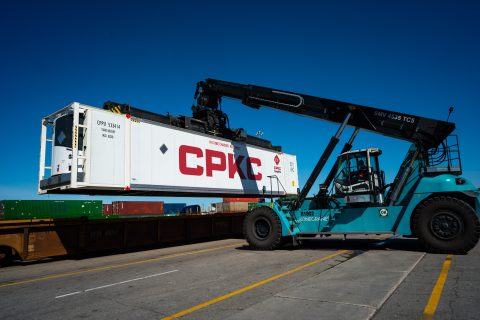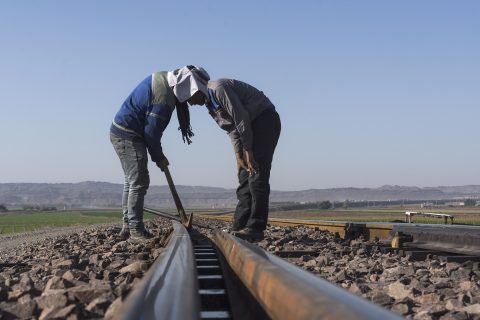Who will win the bet of Central Asia-India connectivity?

A few days ago, the presidents of four Central Asian countries met with India’s prime minister. They praised the transport and logistics possibilities between the countries, but unfortunately, no concrete plans were produced.
The meeting included the presidents of Kazakhstan, Kyrgyzstan, Uzbekistan and Turkmenistan. “The Leaders emphasised that connectivity projects deserve priority attention and could be a force-multiplier for trade and economic cooperation and contacts between countries and people,” says the Indian Ministry of Foreign Affairs.
On his behalf, Kassym-Jomart Tokayev, president of Kazakhstan, proposed “to consider the possibility of establishing an interregional transport and logistics consortium, a structure that would facilitate the coordination of national policies regarding the full and mutually beneficial loading of transport routes to India, the Caspian Sea and the Persian Gulf”.
One could say that such initiatives and discussions are an initial step towards establishing transport routes like the International Nort-South Transport Corridor (INSTC) and making them fully functional and available to the market. However, others would argue that the region needs concrete solutions to tackle already known problems.
Need for action
INSTC has been making it in the news since last summer when the first train from Finland used it to transit to India. It is not a new project, nor a new corridor, but it’s a route that faces many troubles. Most of them are of geopolitical nature-see US sanctions to Iran and instability in the Caucasus, yet, insufficient infrastructure in participating countries is also crucial.
The meeting between the countries saw some interesting proposals. India proposed that the port of Chabahar should be included in the INSTC framework. Turkmenistan recommended the same for the Caspian port of Turkmenbashi. Parties involved welcomed the idea, which would undoubtedly provide excellent connectivity possibilities, especially considering that some of the corridor’s destinations are practically inaccessible.
Kazakhstan’s proposal for an interregional consortium that will focus mainly on links, with rail freight having a prominent position, is also a positive development. However, “considering the possibility” of doing so might not be enough. All countries mentioned above are aware of the tremendous potential of a link between India, Central Asia, and Russia. Most importantly, the market itself has been demanding it for a long time now.
The bottlenecks are particular and precise, so hopefully, the fact that new destinations are added in INSTC might be a move towards resolving them.
China looks at Persian ports
Simultaneously, China is laying its eyes on Iran and wants to enhance its presence in the Persian Gulf and its ports. A few weeks ago, it opened a consulate in the port city of Bandar Abbas for this exact purpose. It aims to support Chinese companies opening branches at the port of Chabahar or are already active there.
It is essential to underline that the port of Chabahar is a free trade and industrial zone, meaning that it is not subject to US sanctions applied to the rest of Iran, and it is suitable for international transport. China is working towards using the port in its BRI project, while the rest are also examining their options, excluding it. Developments will occur soon, but it’s a matter of who makes the first and most clever move.
Also read:
- Port of Chabahar: a new hub between India and Iran in the making
- How an ex-war zone shapes the Russia-India corridor
- Missing link on the Russia-India corridor: will it ever be made?
You just read one of our premium articles free of charge
Want full access? Take advantage of our exclusive offer




